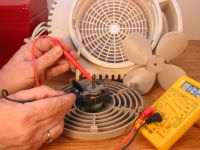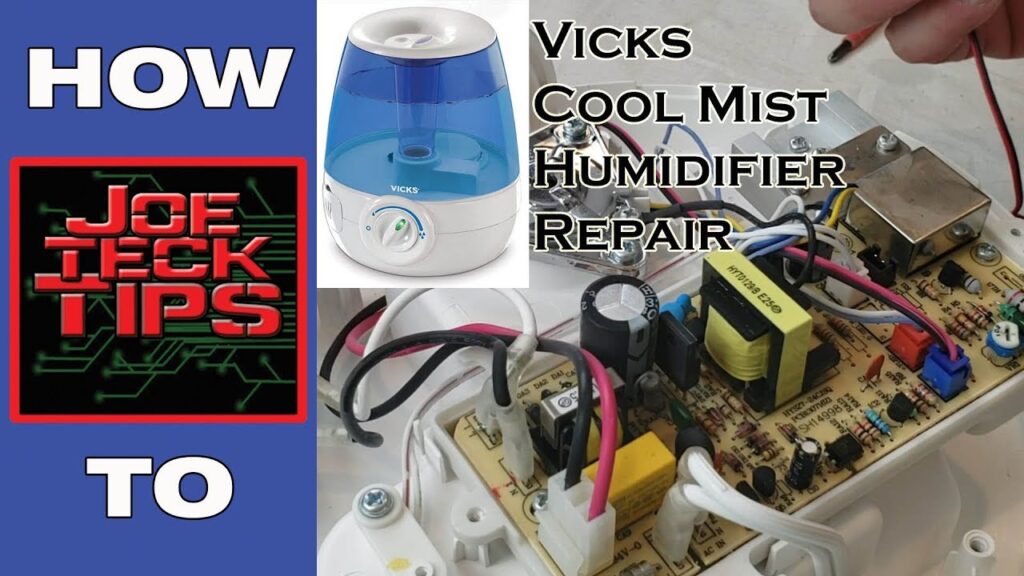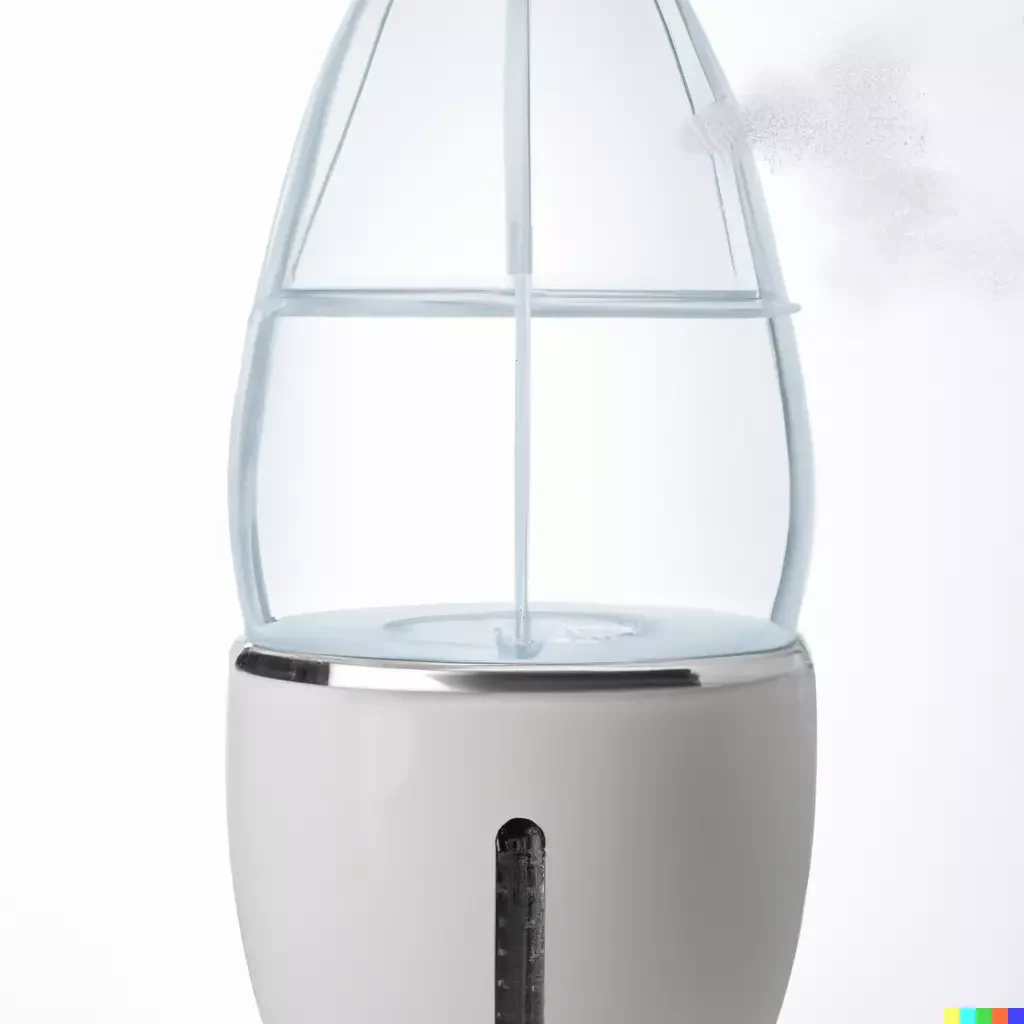For humidifier repair, check the fan motor if the humidifier is noisy and replace it if necessary. Clean or replace the evaporation pad and refill the water reservoir if it smells bad or is dirty.
Additionally, check for clogging and mineral deposits caused by hard water build-up and use distilled or mineral water to prevent this issue.
Common Humidifier Repairs
When it comes to maintaining your humidifier, encountering issues is quite common. Understanding and addressing Common Humidifier Repairs promptly can ensure your humidifier functions optimally. Here are some prevalent problems you might face:
Noisy Fan Motor
If your humidifier is making excessive noise, the culprit may be a faulty fan motor. To resolve this issue, test the fan motor and either service or replace it if necessary.
Bad Smells
Unpleasant odors emanating from your humidifier can be a sign of a dirty evaporation pad or water reservoir. Cleaning or replacing the evaporation pad and ensuring the water reservoir is clean and filled can eliminate the bad smells.
Not Producing Steam
When your humidifier fails to produce steam, it could indicate a water inlet valve problem, a malfunctioning float and valve assembly, or a clogged saddle valve. Check these components and address any issues to restore proper steam production.
Diy Repair Videos
If you’re experiencing issues with your humidifier and looking to fix it yourself, you’re in luck! DIY repair videos have become a popular resource for homeowners who want to save time and money by tackling repairs on their own. These videos provide step-by-step instructions and visual demonstrations on how to fix common humidifier problems.
How To Disassemble Vicks Cool Mist Humidifier
One of the most popular DIY repair videos focuses on disassembling the Vicks Cool Mist Humidifier. This video provides a detailed guide on how to take apart the humidifier, test the float switch, replace the blower fan, and more. By following the instructions in this video, you can easily troubleshoot and repair your Vicks Cool Mist Humidifier.
Ultrasonic Humidifier Mist Maker Problem
If you’re dealing with an ultrasonic humidifier that’s not functioning properly, there’s a DIY repair video for that too. This video addresses the common issue of the mist maker not working as it should. It covers troubleshooting steps like transferring the rubber seal, soldering wires, and testing the new mist maker. With the help of this video, you can quickly fix the problem and get your humidifier back to optimal performance.
Troubleshooting Tips
Having trouble with your humidifier? Don’t worry, we’ve got you covered. Check out these troubleshooting tips to get your humidifier up and running smoothly again.
Defective Water Inlet Valve
One common issue that can cause your humidifier to stop working is a defective water inlet valve. This valve controls the flow of water into the humidifier, so if it’s faulty, no water will reach the unit. To check if the water inlet valve is the problem, follow these steps:
- Turn off the humidifier and unplug it from the power source.
- Locate the water inlet valve, usually located near the water tank.
- Inspect the valve for any visible damage or signs of leakage.
- If there are no visible issues, gently tap on the valve to see if it’s stuck.
- If the valve is stuck, try to free it by gently wiggling it back and forth.
- If the valve is damaged or stuck and cannot be repaired, contact a professional to replace it.
Clogged Appliance
Another common issue that can prevent your humidifier from working efficiently is a clogged appliance. Over time, mineral deposits and debris can build up inside the unit, blocking the flow of water and reducing its effectiveness. Here’s what you can do to unclog your humidifier:
- Turn off and unplug the humidifier.
- Check the user manual for specific instructions on how to dismantle the appliance.
- Once the unit is disassembled, inspect the components for any visible signs of clogging.
- Use a soft brush or cloth to gently clean the affected areas, removing any mineral deposits or debris.
- Rinse the components thoroughly with clean water to ensure all residues are removed.
- Reassemble the unit according to the manufacturer’s instructions.
- Fill the water tank with clean, filtered water and test the humidifier to see if it’s working properly.
By following these troubleshooting tips, you can easily identify and resolve common issues with your humidifier. Remember, regular maintenance and cleaning are important to keep your unit functioning optimally. If the problem persists, it’s always a good idea to seek professional assistance to avoid any further damage to your appliance.

Credit: homeguide.com
Cost And Maintenance
Humidifier repair costs can vary depending on the type of repair needed, but typical expenses for fixing a noisy or faulty humidifier fan motor, or replacing an evaporation pad usually range from $50 to $150. Regular maintenance includes cleaning or replacing the water reservoir, addressing clogged components, and addressing issues with hard water buildup to ensure optimal performance and longevity of the humidifier.
Professional Repair Services
For professional humidifier repair services in Austin, Texas, trust HVAC Pros for top-notch repair solutions. From fixing noisy fan motors to dealing with unpleasant odors, our experts ensure your humidifier functions smoothly and efficiently. Contact us for reliable repair services to enhance your indoor air quality.
When to Seek Professional Help While some humidifier issues can be resolved with simple troubleshooting, there are times when it’s necessary to seek professional help. Recognizing when a problem is beyond your expertise is crucial in maintaining the efficiency and longevity of your humidifier. Choosing a Repair Service Selecting a trustworthy and reliable repair service is essential for ensuring your humidifier is repaired effectively. Consider the following factors when choosing a repair service: 1. Reputation and Experience: Look for a repair service with a solid reputation and extensive experience in repairing humidifiers. Reading customer reviews and checking their track record can provide valuable insights into their reliability. 2. Expertise in Humidifier Repair: Ensure that the repair service specializes in humidifier repair and has technicians trained specifically in handling various types of humidifiers. 3. Service Guarantee: Choose a repair service that offers a service guarantee, providing you with peace of mind that any issues will be addressed promptly and effectively. 4. Cost Transparency: Opt for a repair service that is transparent about their pricing and provides detailed estimates before commencing any repairs. By aligning with a professional repair service that meets these criteria, you can rest assured that your humidifier will be in capable hands, allowing for optimal performance and durability.

Credit: fixitclub.com

Credit: www.youtube.com
Frequently Asked Questions On Humidifier Repair
Can Humidifiers Be Fixed?
Humidifiers can be fixed. If the humidifier is noisy, test and service or replace the fan motor. If it smells bad, clean or replace the evaporation pad and clean and refill the water reservoir if dirty. The cost of fixing a humidifier varies.
Check the tank for water and make sure there is no clogging. The life expectancy of a humidifier varies. Service the humidifier float control by inspecting and cleaning the float. If troubleshooting doesn’t work, seek professional help.
How Much Does It Cost To Fix A Humidifier?
The cost to fix a humidifier will depend on the specific issue. If the fan motor is faulty, it may need to be serviced or replaced. If there is a bad smell, cleaning or replacing the evaporation pad and water reservoir may be necessary.
The cost can vary depending on the repair type.
Why Has My Humidifier Stopped Working?
Your humidifier may have stopped working due to water shortage in the tank or internal clogging. Hard water buildup can cause clogs. Use distilled water to prevent future issues. Fix noisy fans by testing and servicing or replacing them. Remove mineral deposits in the tank.
What Is The Life Expectancy Of A Humidifier?
The life expectancy of a humidifier is around 3-5 years with regular maintenance. Factors affecting lifespan include usage, water quality, and frequency of cleaning. Regular cleaning and proper maintenance can prolong the humidifier’s lifespan. Regular check-ups can also help detect issues early.
Conclusion
Repairing humidifiers can save costs. Check fans, valves, and water quality regularly for effective maintenance. If issues persist, professional help is recommended. Regular care can prolong the life of humidifiers. Keep units clean and operational for optimal performance and air quality.





